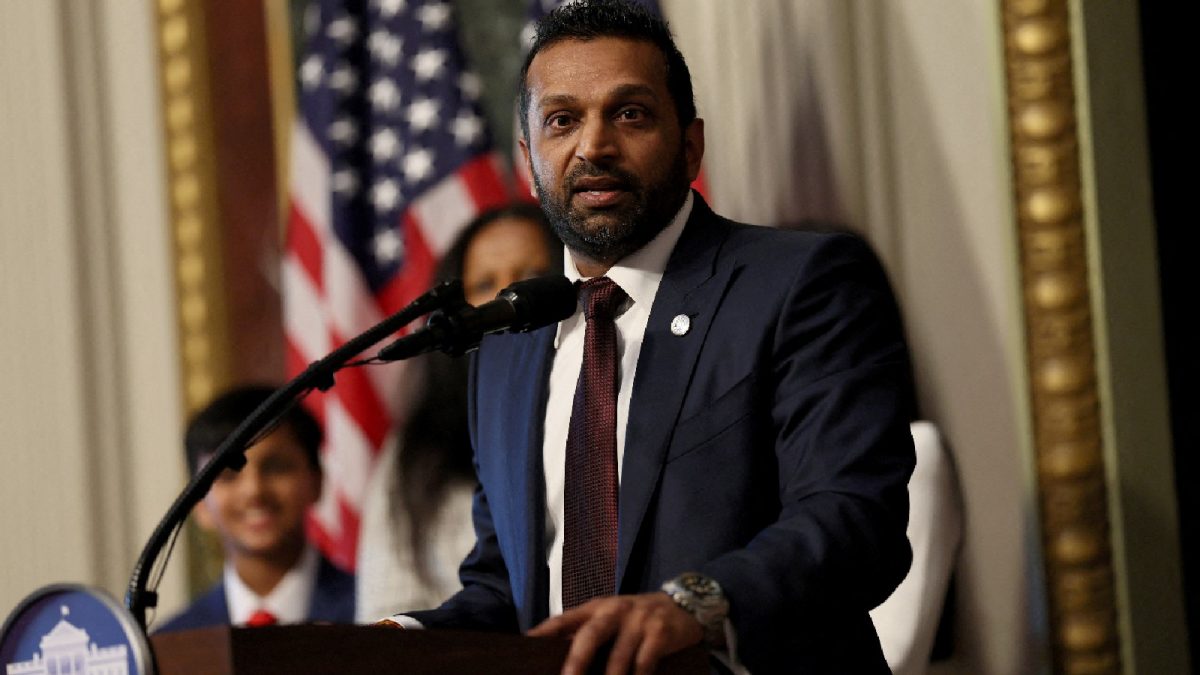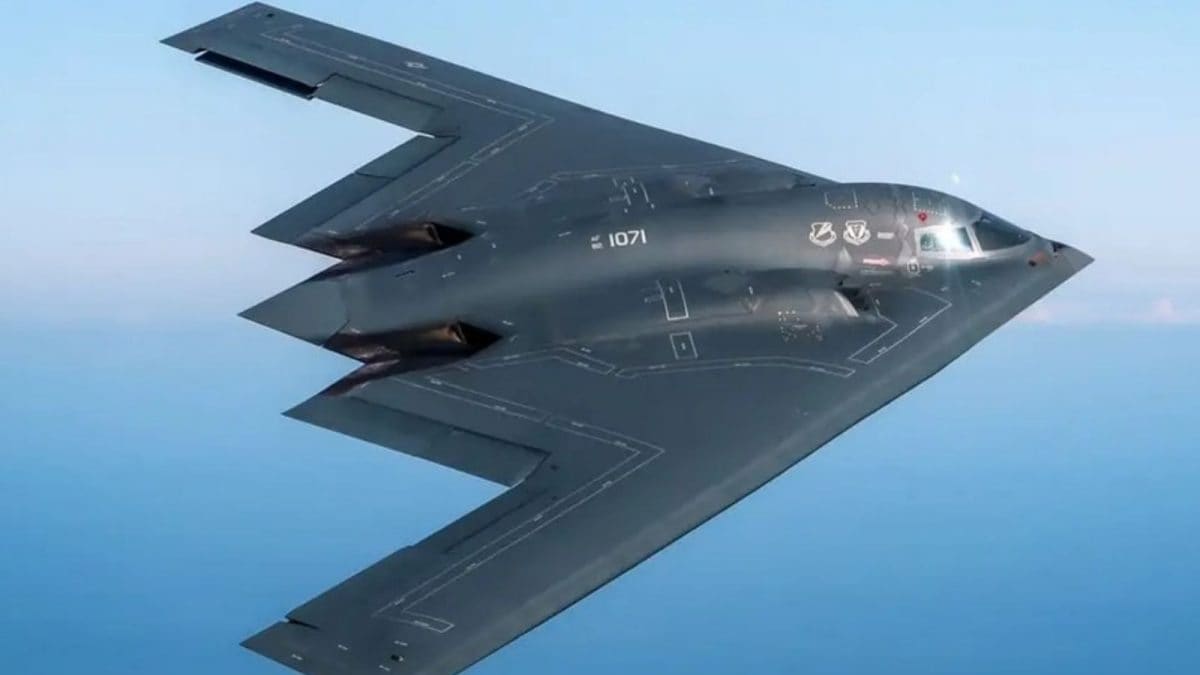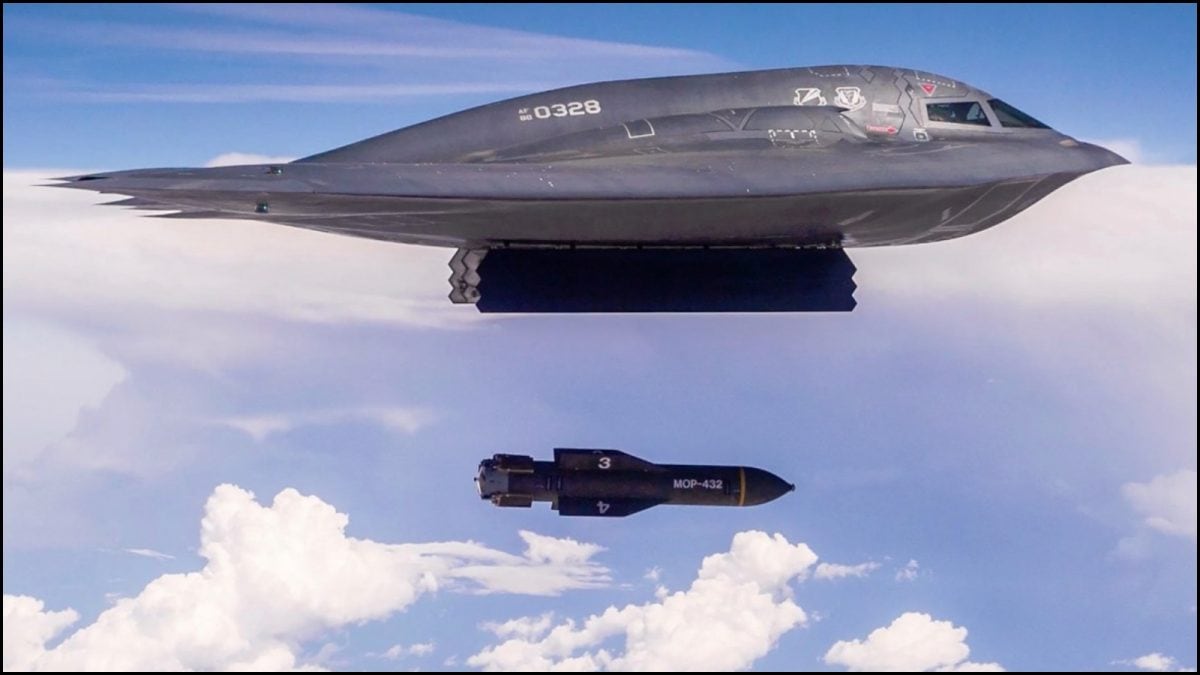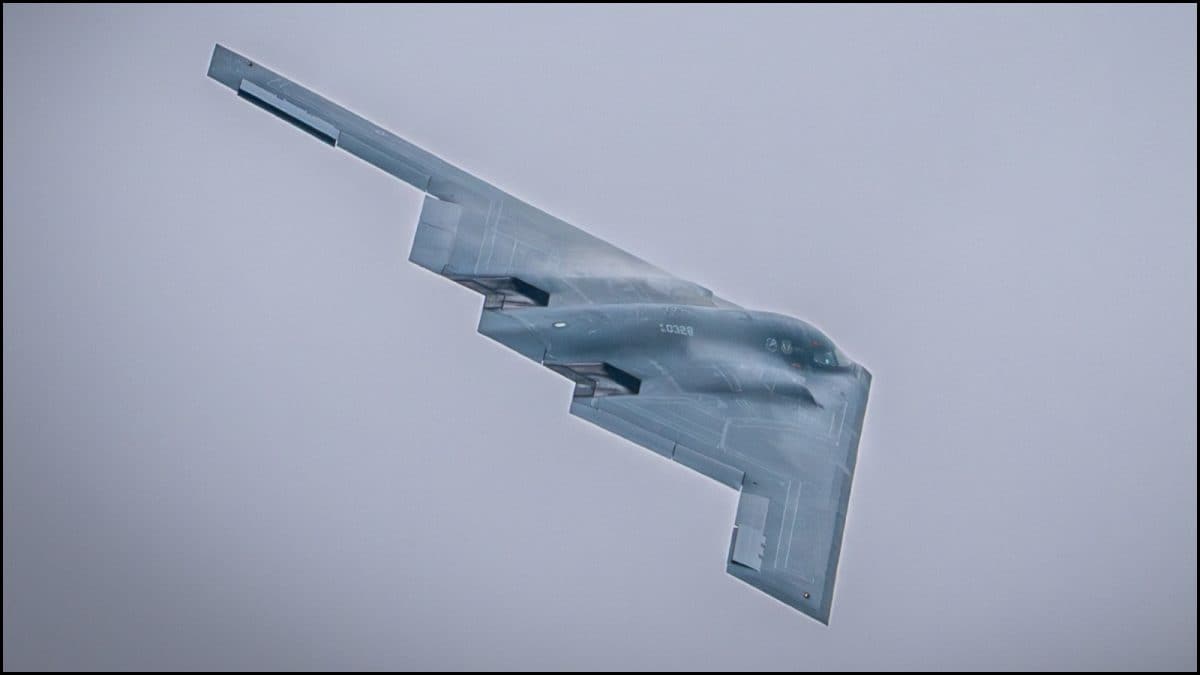ARTICLE AD BOX
Last Updated:July 01, 2025, 19:01 IST
Iranian lawmakers and the regime led by Khamenei during the strikes itself had said that they want to end ties with the IAEA, calling the UN nuclear watchdog an US stooge.

Iran has called Rafael Grossi, the IAEA chief, a stooge of the US and the country's 'Supreme Leader' Khamenei has said that Iran's nuke sites did not sustain damages the US claims it did. (IMAGE: REUTERS)
Iranian nuclear regulators have stopped responding to the United Nations’ atomic watchdog after formally ending access to inspectors last week, news agency Bloomberg reported on Tuesday.
The report citing UN nuclear watchdog’s official said Iran’s nuclear-safety body had been in direct contact with the International Atomic Energy Agency’s (IAEA) Incident and Emergency Centre since it was activated on June 13, shortly after Israeli and US strikes targeted Iranian military and nuclear-linked sites. However, communication has now ceased, the report highlighted.
The move adds to growing international concern that Iran could resume enrichment activity at higher levels, especially after reports last week suggested visible signs of repair work at its Natanz facility, which houses advanced centrifuges.
Iran’s response follows airstrikes by the US and Israel earlier this month, which reportedly targeted command sites and infrastructure believed to support the country’s nuclear programme.
What Does This Comms Blackout Mean
Iran’s refusal to answer calls from the UN nuclear watchdog is being seen as a deliberate move to keep the world guessing about the state of its nuclear programme.
Before the recent strikes by Israel and the US, Tehran was allowing more than one inspection a day by the International Atomic Energy Agency (IAEA) and had held multiple rounds of talks with Washington to curb its nuclear activity. But that access has now been cut off.
US President Donald Trump has claimed that 12 days of airstrikes have “obliterated" Iran’s nuclear facilities. If that’s accurate, the talks may no longer matter.
What has also raised alarm is the lack of clarity about Iran’s stockpile of near-weapons-grade uranium, a total of 409 kilograms, according to IAEA’s last known count. That amount can be stored in 16 cylinders, each roughly the size of a scuba tank, sparking fears that the material may have been quietly moved to an undisclosed location.
With no sign of IAEA access returning soon, both sides appear to be falling back on strategic ambiguity which is defined as a Cold War tactic that thrives on uncertainty. The idea, advanced by Nobel-winning economist Thomas Schelling, is that by keeping your next move unclear, you might actually prevent all-out war.

Shankhyaneel Sarkar is a senior subeditor at News18. He covers international affairs, where he focuses on breaking news to in-depth analyses. He has over five years of experience during which he has covered sev...Read More
Shankhyaneel Sarkar is a senior subeditor at News18. He covers international affairs, where he focuses on breaking news to in-depth analyses. He has over five years of experience during which he has covered sev...
Read More
- Location :
Tehran/Vienna/Washington DC
- First Published:
News world UN Nuclear Watchdog's Emergency Hotline Gets Cold Shoulder From Tehran After US-Israel Strikes



.png)
.png)
.png)
















 5 hours ago
4
5 hours ago
4









 English (US) ·
English (US) ·